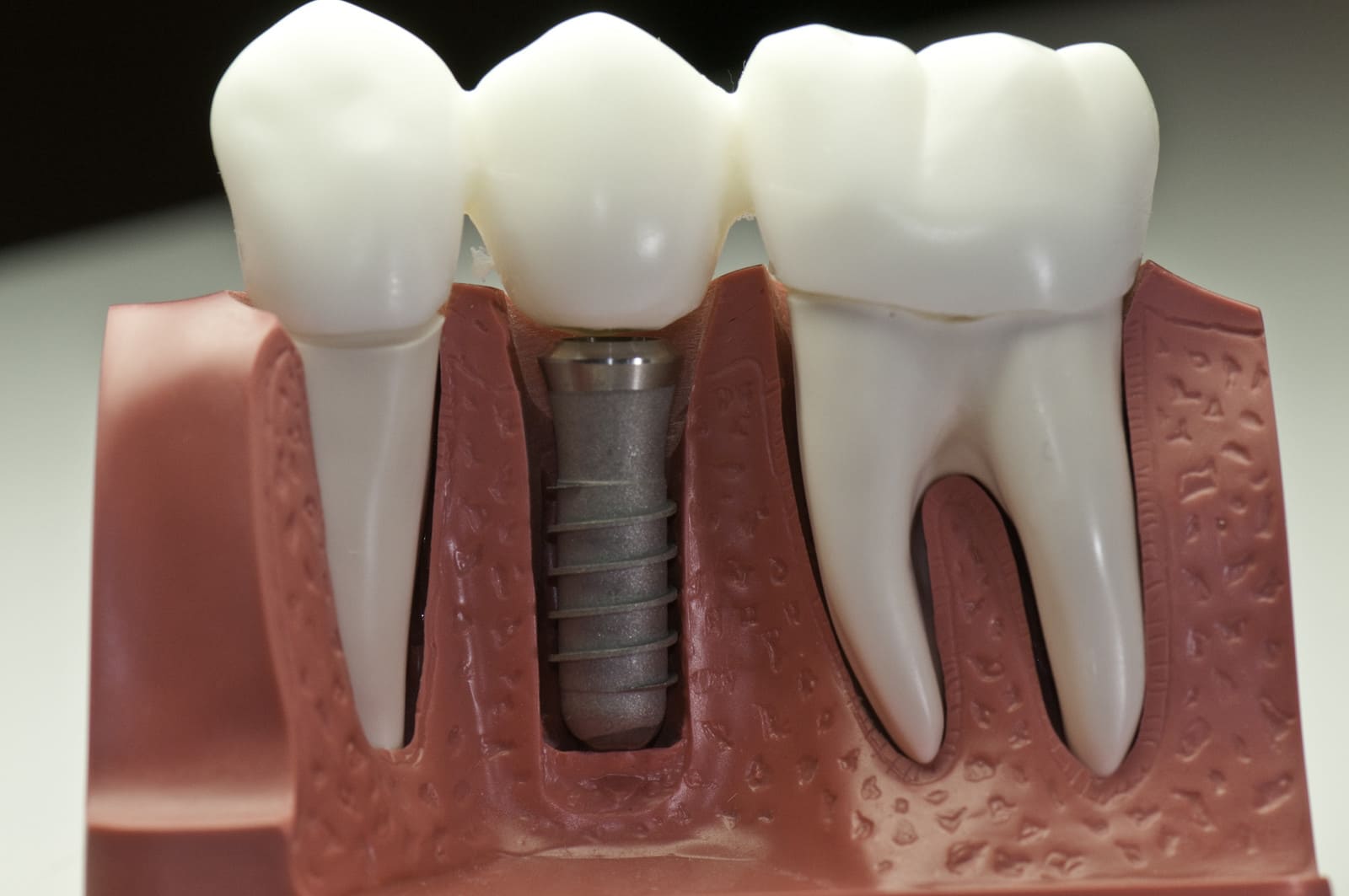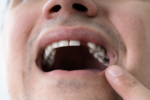Dental implants have transformed the area of restorative dentistry by offering a lasting replacement for missing teeth. They are a natural-looking and practical replacement for teeth that have been lost due to accidents, diseases, or other factors. It is important to consult with our dentist in Duncan before proceeding with the treatment. You can explore the procedure, risks, and different types of dental implants in this blog post.
What are Dental Implants?
In order to replace missing teeth and establish a solid foundation for your entire smile, dental implants are prosthetic tooth roots inserted into the jawbone. They are made to resemble the shape and function of natural teeth. Dental implants consist of three main components which include titanium implant, abutment and restoration.
Compared to dentures or bridges or other tooth replacement methods, dental implants offer a number of benefits. They are a lasting solution that aids in maintaining the strength of the jawbone and adjacent teeth. Because dental implants are durable and long-lasting, speaking and eating are both comfortable. Additionally, they offer a natural appearance by blending in with your existing teeth.
Types of Implants
Endosteal Implants
These are the most common types of dental implants. They often resemble little screws and are implanted straight into the jawbone. Patients with enough jawbone density can benefit from endosteal implants.
Subperiosteal Implants
Subperiosteal implants are an option if the jawbone is insufficient to sustain endosteal implants. These implants are positioned on top or above the jawbone but below the gum line. They are made of a metal structure with posts that stick through the gums to support the fake teeth.
All-on-4 Implants
With the assistance of only four implants, an entire arch of teeth may be replaced using this procedure. Complete upper or lower-mouth sets of teeth can be supported and stabilized using All-on-4 implants.
The Process
Initial Assessment
A trained dentist near you or an oral surgeon must do a thorough evaluation before placing dental implants. To determine if you are a good candidate for the surgery, this examination entails assessing your dental health, including X-rays.
Treatment Planning
A personalized treatment plan is developed once it has been determined that you are a candidate for dental implants in Duncan. The number of missing teeth, health of your jawbone, and any subsequent dental treatments that may be necessary are all taken into account in this plan.
Implant Placement
Usually, the dental implant procedure is carried out in phases. The dentist or dental surgeon will implant a titanium post into the jawbone just below the gum line. The new tooth uses this implant as an artificial root.
Osseointegration
A healing process known as osseointegration occurs after the implant is placed. The implant and jawbone fuse together over a period of months, creating a solid foundation for the artificial tooth.
Abutment Placement
An abutment, a small connector, is affixed to the implant when osseointegration is completed. This abutment serves as the final dental crown’s support structure.
Crown Placement
The last phase is to place a customized dental crown on the abutment. This crown is created with seamless and visually appealing results matching the color, size, and shape of your natural teeth.
Risks Associated with Dental Implants
Although dental implants are usually safe, there might be certain risks involved. These risks include:
Infection
There is a likelihood of infection at the implant site, just like with any surgical procedure. Strict oral hygiene routines and regular follow-up dental appointments can minimize this risk.
Nerve Damage
Neighboring nerves may become damaged during implant implantation, resulting in transient or long-lasting numbness or tingling in the lips, chin, or tongue. However, these issues are uncommon and frequently go away on their own.
Sinus Problems
There is a very low possibility of issues with the sinus cavities, including sinusitis or sinus perforation, for dental implants in the upper jaw. These risks can be reduced with careful study and preparation.
Book Your Appointment Today!
For replacing missing teeth, dental implants near you can provide a reliable and long-lasting solution that restores both function and appearance. You can make an educated choice in consultation with your dental expert if you are aware of the procedure, risks and different dental implant types.
To preserve the durability of your dental implants while maintaining a confident smile for years to come, remember to develop excellent oral hygiene routines and visit your dentist at Cowichan Valley Dental on a regular basis. We have a team of experts who can guide you through the treatment process and ensure you are at ease while you achieve optimal oral health.










